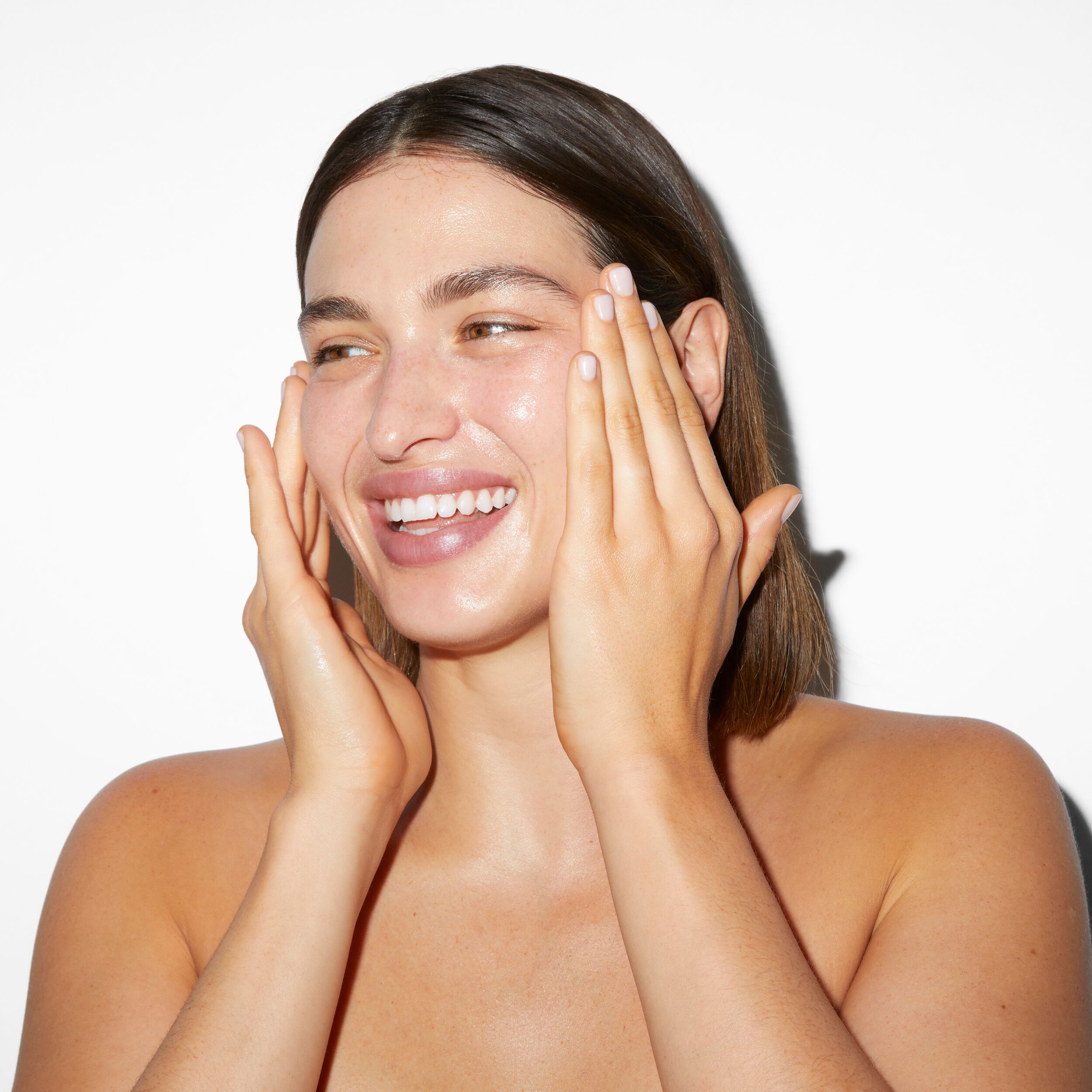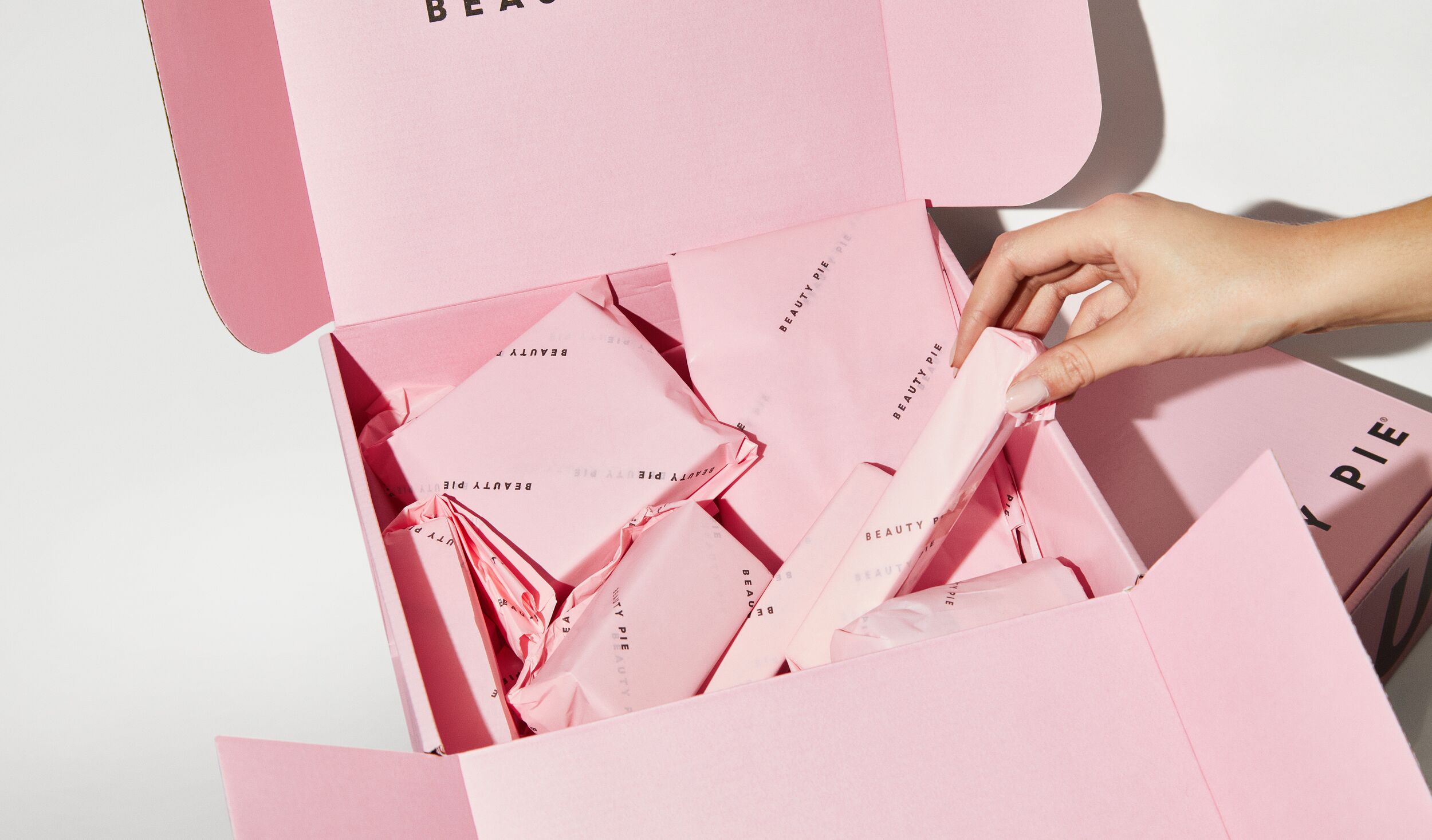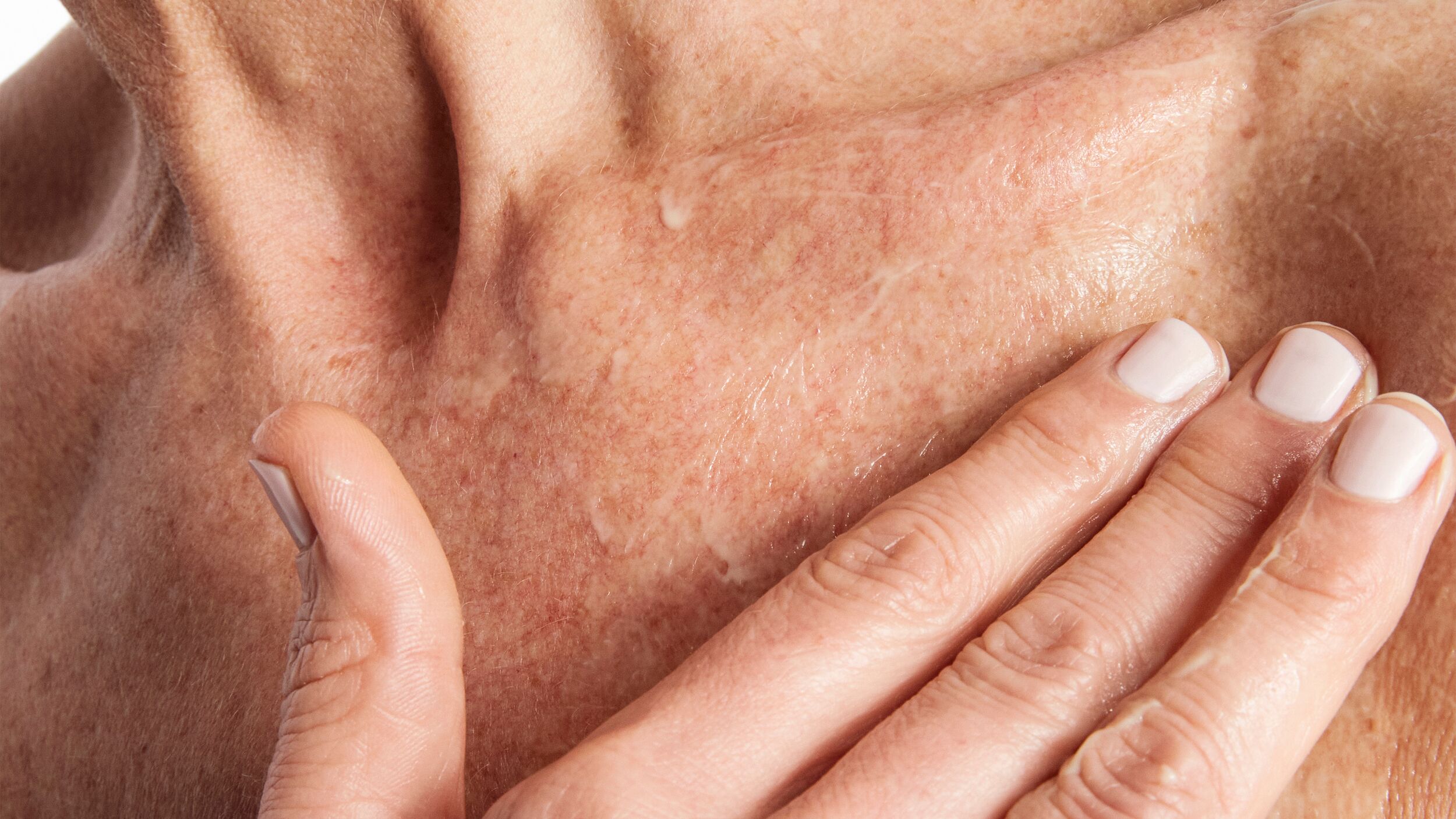
“Hi, I’m Millie - by the way, my skin doesn’t usually look like this!”
I never thought I would be introducing myself to new people like this, yet there I was, aged 24, travelling around Thailand and deeply self-conscious about my sudden onset acne. It’s a condition that feels synonymous with my adolescent years, questionable fashion choices and even more questionable dating choices.
I felt confused and embarrassed, as if I was an insecure 15 year old again, with those same feelings of discomfort and being somehow misaligned with who I wanted to be. So, I invested in the heaviest of heavy-duty foundations and was determined to get rid of the acne as quickly as possible.
I felt confused and embarrassed, as if I was an insecure 15 year old again.
What I was up against was uncomfortable, and at times painful, cystic spots all along my jawline and up towards my cheekbone. I was caught in a horrible cycle where spots would appear, and as they faded to red scars, new ones would surface. As someone who is usually very confident, it was the first time my skin made me feel ugly and out of control.
Prior to this, I had a very low maintenance skincare routine to suit my very low maintenance skin (even-toned and spot-free). Micellar water, a moisturizer in the evening, and if I was feeling particularly indulgent, a Niacinamide serum. Or, conversely, if I was feeling lazy... makeup wipes (I know. Blasphemy).
In search of answers, I began to delve into the black hole that is ‘medical Google’, and that’s when I came across the term ‘hormonal acne’.
 Salicylic Acid became my best friend.
Salicylic Acid became my best friend. Hormonal acne is caused by an overproduction of sebum during periods of oscillating hormones, meaning it is common during puberty, pregnancy, menopause – and during changes in contraception. Having just come off the contraceptive pill, I finally felt I was on the right track to understanding why my skin was behaving like this.
I learned that there are specific skincare ingredients that are particularly helpful at controlling sebum production. Salicylic Acid became my best friend. It is a Beta-Hydroxy Acid (BHA), that is able to dive deep into your pores.
There, it sets to work dissolving the bonds that hold onto these no-longer-needed skin cells. It not only regulates oil flow and helps tackle existing blemishes but it also has the ability to decrease redness and pacify inflammation.
Prior to this, I had a very low maintenance skincare routine to suit my very low maintenance skin.
I also discovered the importance of Retinol to get rid of dead skin cells on the skin's surface. When there is an abundance of sebum, the dead skin cells can trap it, creating pimples. Retinol, a derivative of Vitamin A, increases skin cell production, helping to shed the dead skin cells more efficiently.
As a Retinol amateur, I started with a low-strength product and opted for a night moisturiser with a 1% micro-encapsulated Retinol complex that was gentle enough for my highly reactive skin. Beginning with every other night, I gradually increased the frequency until I was using it nightly.
These additional products were, of course, accompanied by my old friends micellar water, my favourite moisturiser and my ‘indulgent’ Niacinamide serum. After four weeks I noticed my breakouts reducing, the redness subsiding.

I also realised how important it was to stop touching my face. I used to sit and examine my spots, which would only aggravate my breakouts and introduce bacteria and even more oil to them.
Learning that despite the urge, popping and poking spots was a short term solution that led to more grievances further down the line. So I left my skin to do what it needed to, with the sole supporter of my new-found love for skincare.
It was by no means an overnight transformation, however, slowly but surely, I noticed my skin improving and with it, my confidence. I also felt empowered to ditch the heavy duty foundation and clogging concealers, which further helped.
There is a horrible vulnerability that comes from feeling out of control in any circumstance, and empowering yourself to accept the elements you can and cannot control was crucial for me.
Six months on and my skin is almost back to how it was before (almost). Alongside its ever-improving appearance, I have gained a great appreciation for self-care and its power to transform not only your appearance, but the way you feel.
Taking control of a situation that was impacting my confidence, and by extension, my relationships with people as I became more introverted, I noticed how important it was to look after yourself and trust the process.
There is a horrible vulnerability that comes from feeling out of control in any circumstance, and empowering yourself to accept the elements you can and cannot control was crucial for me. In this case, it was forgiving my appearance, being kind and patient with myself and ultimately accepting I can not magic away the discomfort of acne, but I take active steps to improve it.
I am now a devout skincare fanatic, with an entourage of skincare that I can whip out when blemishes do inevitably occur and I feel grateful to be back to introducing myself to new people as just ‘Millie’.
Now, I just have to deal with the scarring. But that’s a post for another time.


